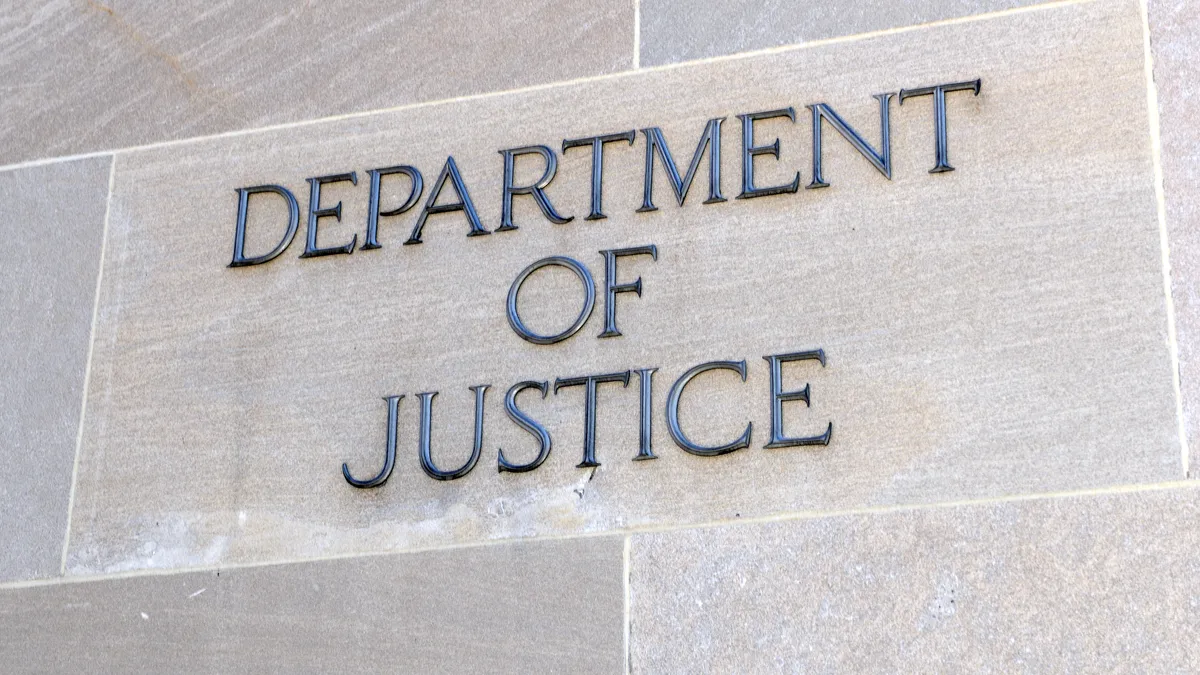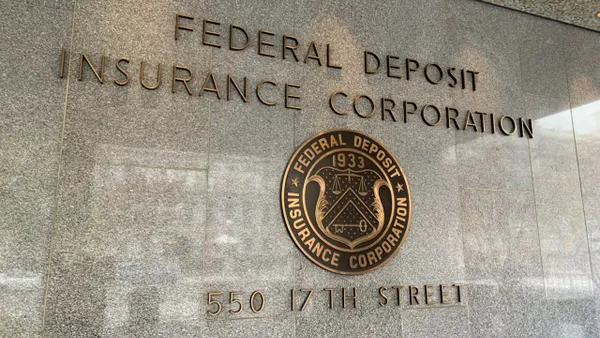Magistrate Judge Christine Little removed two references to the 1921 Tulsa Race Massacre from a redlining consent order involving the Department of Justice and the American Bank of Oklahoma earlier this month.
Little agreed to strike portions of paragraphs 4 and 29 of the DOJ complaint — areas to which American Bank of Oklahoma had objected.
“The allegations regarding the Tulsa Race Massacre, while historically and technically accurate, are clearly not essential or important to the determination of the plaintiff’s specific claims involving lending practices a century later,” Little said in the order.
However, Little left the substantive portion of the August consent order unchanged — the $383 million-asset lender remains obligated to open a branch in a majority Black and Hispanic census tract within its four-county lending area in the Tulsa metropolitan region. Additionally, the American Bank of Oklahoma must establish a $950,000 loan fund to subsidize mortgages and home improvement financing in predominantly Black and Hispanic neighborhoods, according to the original consent order.
Though the American Bank of Oklahoma denied the DOJ allegations, it agreed to pay $1.15 million to settle the investigation into allegations that the lender provided inadequate mortgage lending services to majority-Black and Hispanic neighborhoods in the Tulsa metropolitan area from 2017 to at least 2021.
But, the bank objected to the references to the June 1921 Tulsa Race Massacre that involved mob violence and the killing of many Black residents of Tulsa. Several houses were burned, and the thriving commerce section on the Northeast of downtown Tulsa, also known as “America’s Black Wall Street,” was destroyed during the riot.
The Tulsa Metropolitan Statistical Area is an expansive area covering a large portion of Northeast Oklahoma.
“As Oklahomans, we carry a profound sense of sorrow for the tragic events of the Tulsa Race Massacre over a century ago,” the bank said in August when the consent order was published. “It is with deep concern that we note the Justice Department’s decision to reference this distressing historical event in its complaint against our bank, established a mere 25 years ago.”
The Collinsville, Oklahoma-based lender was founded in 1998, 77 years after the massacre.
One of the references, trimmed from the complaint, said, “The area that ABOK redlined includes the historically Black neighborhoods in Tulsa that were the site of the 1921 Tulsa Race Massacre.” The other cut portion also spoke on similar lines.
Joe Landon, CEO of American Bank of Oklahoma, called the references to the massacre in the consent order “irrelevant, confusing and reputationally harmful” in a statement earlier this month, according to American Banker.
He said the ruling “delivered an important message to our customers, employees and community members by making it clear that there is absolutely no connection between our bank and the 1921 Tulsa Race Massacre.”
However, the DOJ has contended in legal filings that redlining and discrimination are historically deep-seated.
“Areas that are redlined by lenders are frequently areas that have experienced other types of discrimination in the past and this connection is no accident,” the DOJ noted in a seven-page brief, according to American Banker.
With the matter being resolved, American Bank of Oklahoma is geared up to launch new lending and financial education initiatives to serve the North and Northeast Tulsa residents, Landon said.











